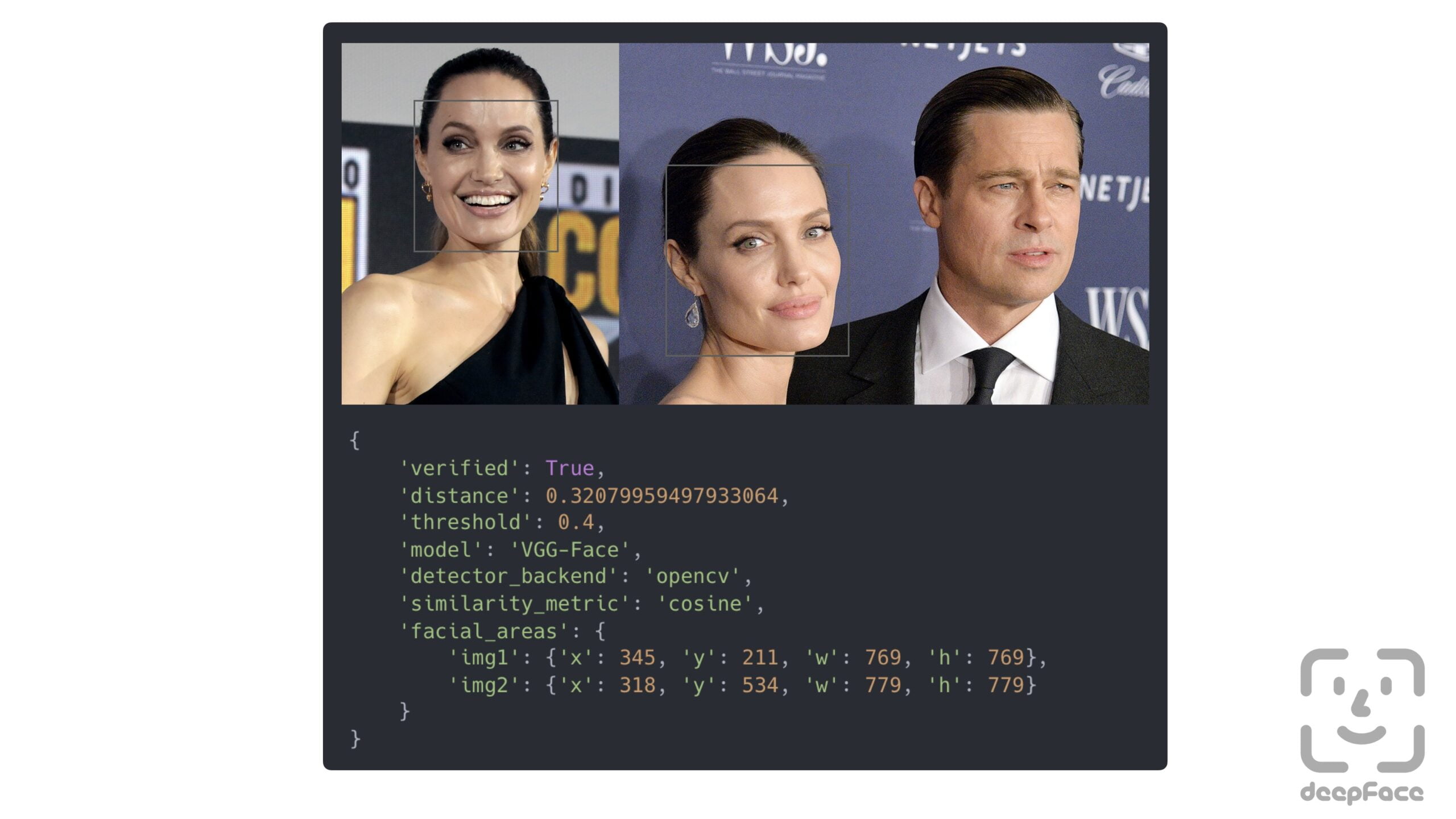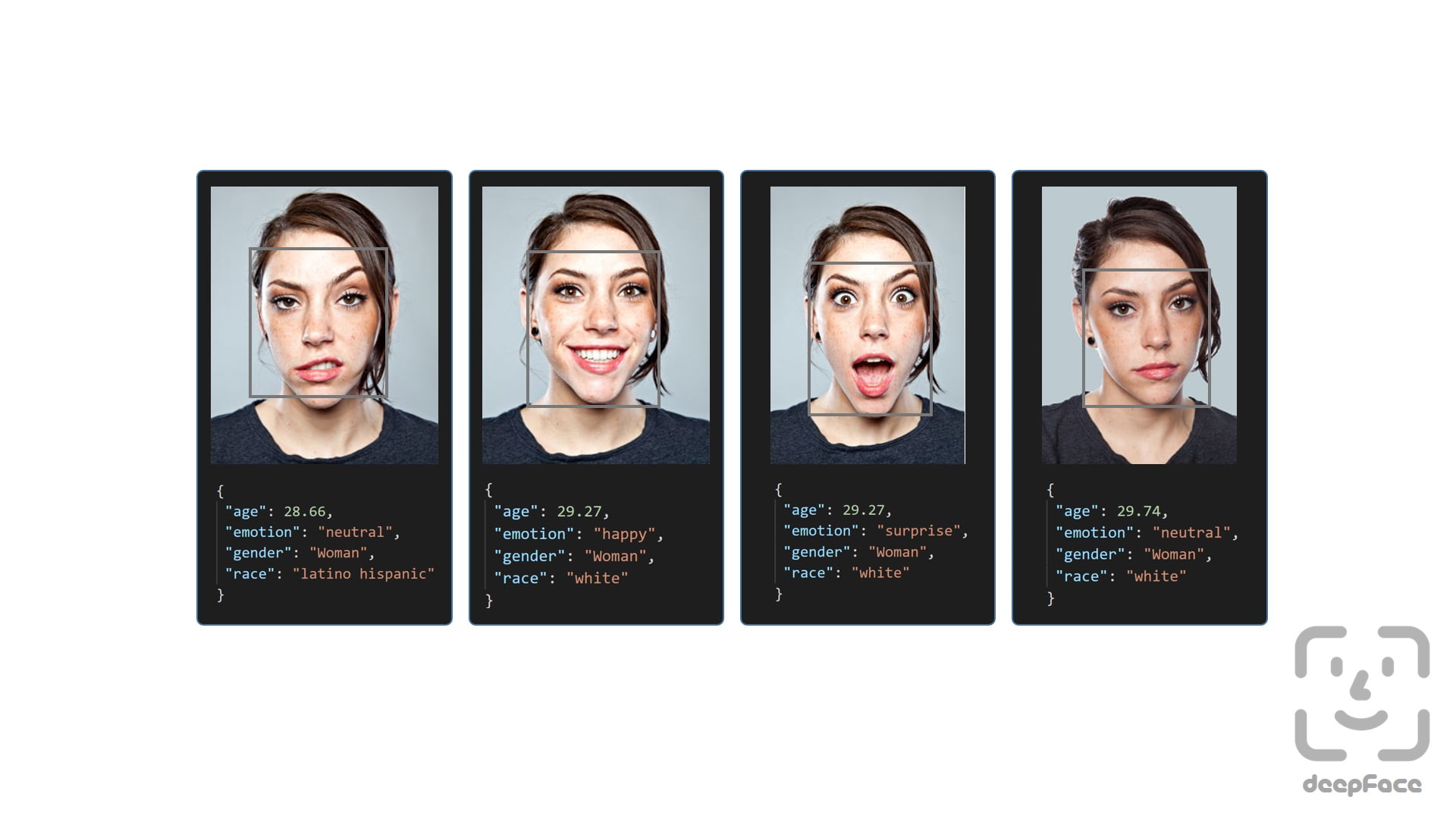DeepFace, a cutting-edge Python framework, is making waves in the realm of deepfakes and face recognition technology. Leveraging state-of-the-art models, it offers advanced capabilities for face recognition and facial attribute analysis. The power of DeepFace extends beyond mere recognition, allowing users to analyze various attributes such as age, gender, emotion, and race.

At its core, this tool serves as a hybrid face recognition framework. It incorporates some of the most advanced models like VGG-Face, Google FaceNet, OpenFace, Facebook DeepFace, DeepID, ArcFace, Dlib, and SFace. The technology has proven to be so effective that it has surpassed human-level accuracy, scoring higher than humans’ 97.53% accuracy rate on facial recognition tasks.
DeepFace is impressively user-friendly and doesn’t require in-depth knowledge of the processes behind it. It manages common stages of face recognition, such as detection, alignment, normalization, representation, and verification, all in the background. Whether you need to verify if two faces belong to the same person or find a face within a database, tool simplifies the process with single-line commands.
The workings of DeepFace revolve around representing facial images as multi-dimensional vectors or embeddings. These embeddings are then used for tasks such as face verification and recognition. Depending on the chosen model, the size of these embeddings may vary. For instance, the default model, VGG-Face, represents facial images as 2622 dimensional vectors.
Besides face recognition, DeepFace also excels in the analysis of facial attributes. It can predict age, gender, race, and emotions, offering significant depth to its functionality. This makes tool more than a face recognition tool; it’s a comprehensive facial analysis framework.

To maximize accuracy, DeepFace uses different detectors for face detection and alignment. Options include OpenCV, SSD, Dlib, MTCNN, RetinaFace, MediaPipe, YOLOv8 Face, and YuNet detectors. Each comes with its strengths and trade-offs regarding speed and precision, allowing users to select the most suitable one for their specific needs.

DeepFace also shines in real-time analysis. It can tap into your webcam to apply face recognition and facial attribute analysis, making it highly adaptable to various applications.
Installation
Even with its complexity, using DeepFace is straightforward. Installation is as simple as downloading it from PyPI or Conda and running a few commands. You can also install package directly from its source code if desired.
Importantly, the team behind DeepFace has ensured it can be easily integrated into external systems. They offer an API, allowing DeepFace to be called from mobile apps or web systems, as well as a Dockerized service for easy deployment on a Kubernetes cluster. There’s even a command-line interface for those who prefer to work from the command line.
In summary, DeepFace represents a quantum leap in face recognition technology, offering a suite of powerful features that push the boundaries of what’s possible in the world of deepfakes. Its user-friendly nature, combined with high levels of accuracy and versatility, make it an exciting development for all internet users to keep an eye on. Whether you’re a deepfake enthusiast, a tech developer, or simply a curious internet user, DeepFace is a tool worth exploring.

